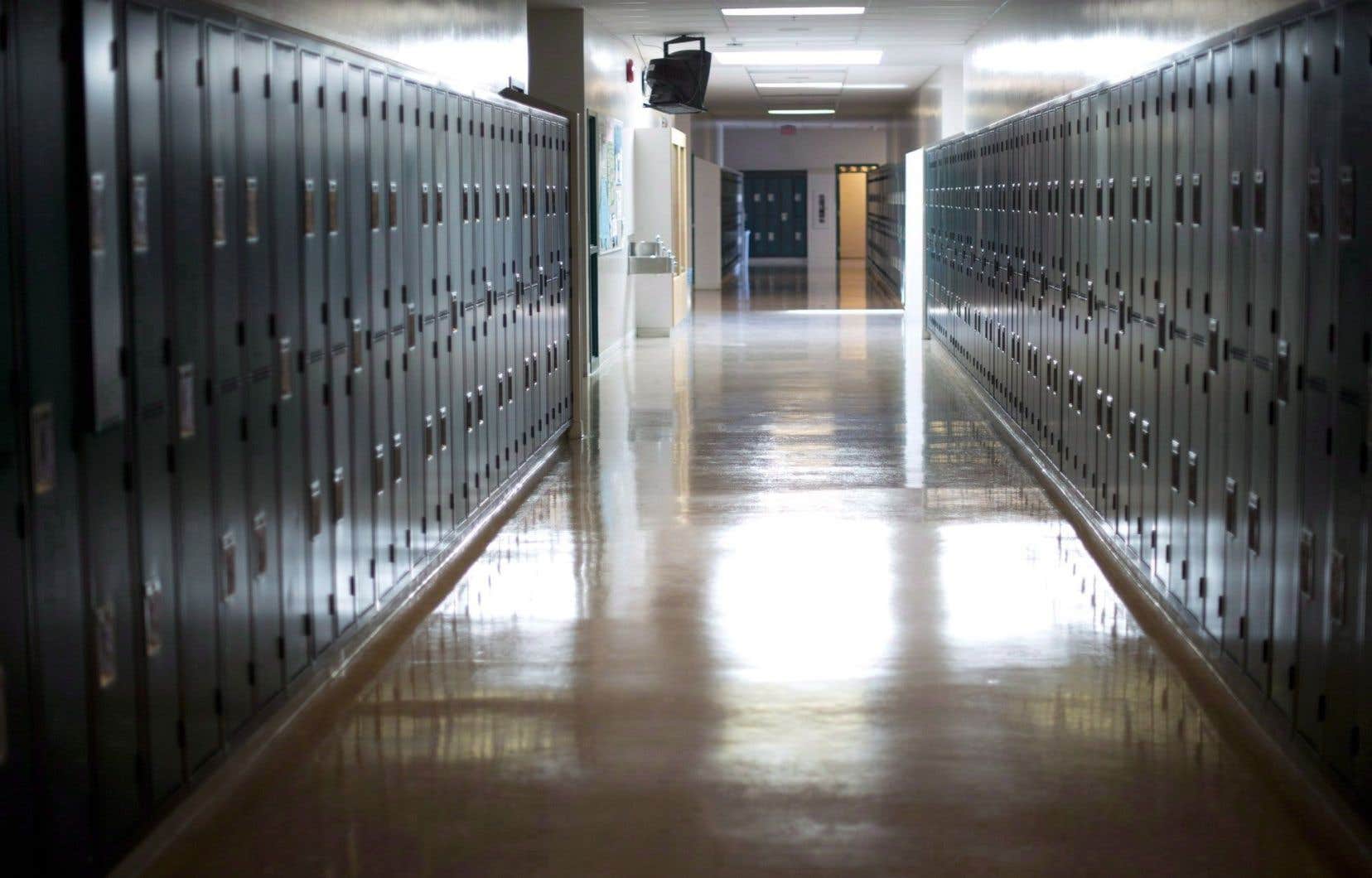Despite changes to the census to better quantify rights holders, obstacles still hinder the construction of French-speaking schools in Ontario.
“We’ve been sending the same requests for five or six years. We change the numbers, we improve, we have a presentation, then we didn’t manage to get a school,” says Duty Denis Labelle, head of the Northeastern Ontario Public School Board.
Another establishment, the Nipissing West public secondary school, in Sturgeon Falls, has been renting its premises “to the English public system” for more than 50 years, says the man who is also president of the Association of Public School Boards of the Ontario (ACÉPO). This extreme proximity to an English-speaking establishment has, according to him, discouraged certain students from enrolling for fear of “assimilation”.
Last December, the Ontario Financial Accountability Office indicated that in 2021, 59% of eligible Ontario students had access to a place in a French-language school. According to figures obtained by The dutythis percentage drops to 36.8% when we look at rights holders who were of high school age, and rises to 42.9% in neighboring Quebec.
However, we should not conclude that nearly 60% of rights holders have been deprived of education in their language, nor that they are not interested, adds the general director of ACÉPO, Isabelle Girard. “You can’t say to people: “How come you don’t come to our schools?” when they do not have a school close to home or when they do not have a school equivalent to that of English speakers. »
An inexhaustible demand
To justify the construction of a school to the provincial government, it is necessary to prove that there are, in a certain geographical area, enough students eligible for French-language education. Parents can also demonstrate their interest.
However, until 2021, the census questions “underestimated” the number of rights holders, which prevented school boards from obtaining “convincing data” to convince the ministries, recalls Valérie Morand, general director of the Federation National French-speaking School Boards (FNCSF). And everyone agrees that the figures have since increased, notably due to immigration.
It is “clear”, for Mme Morand, that many people “do not know their rights, or simply the existence of French-language schools”.
“2021 is good, it’s a starting point. But we must be able to follow this development, in order to be able to plan,” adds the FNCSF, which believes that demand shows “no sign of running out of steam”, and is still “often systematically underestimated”, particularly at the level elementary. “From the moment we open the school doors, the school is at full capacity. We need to start thinking about expansion or portable devices.”
“In secondary school, it’s a little different,” says Mr. Labelle, explaining that many young people at this stage of their school career head towards English-speaking establishments, with a greater variety of workshops, or simply closer to their homes.
Despite this, the demand for education in French has not dried up, according to the two organizations consulted by The duty. Since 1998, ACÉPO has experienced “110% growth,” boasts Mr. Labelle. In four years, the FNCSF indicates having built “38 new schools”. An “encouraging” assessment, but “clearly insufficient” to make up for the lack of “local schools”.
More difficult in the regions
Outside of urban centers, the challenges can be similar in Ontario and Quebec, where the lack of local schools often pushes rights holders to turn to the majority system.
To get to an English-speaking public school in Quebec, students sometimes have to “take between 90 and 120 minutes on the bus round trip,” says the president of the Association of English School Boards of Quebec (ACSAQ), Joe Ortona.
According to Statistics Canada, “in Ontario, less than half of children (46.7%) likely to benefit from a French-language education are within walking distance (that is, less than two kilometers) of ‘a school in the French language education system’.
The QESBA, however, affirms that its students do not head towards the French-speaking system when they arrive at secondary school, and “rather turn”, in Montreal, “towards the private network” in English. But if they make this choice, “it is not because the schools are full”.
This report is supported by the Local Journalism Initiative, funded by the Government of Canada.
